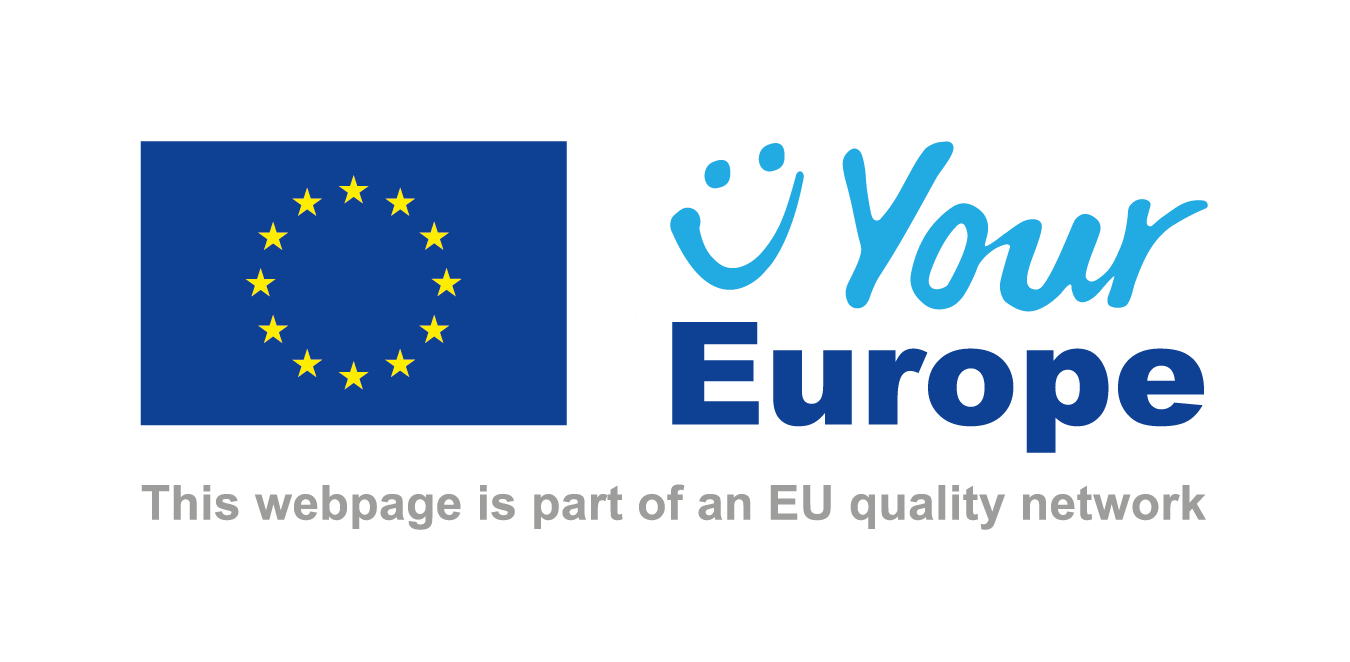FAQ Regional Products
These are the answers to our Frequently Asked Questions about protecting regional products in the European Union.
European protection is a scheme that protects regional products against imitation. The European system for the protection of agricultural products and food has existed since 1993. Products are protected based on geographical origin or a traditional recipe. The scheme is based on the French ‘AOC (Appellation d’Origine Contrôlée)’.
There are three types of European protection:
- Protected Destination of Origin (PDO).
- Protected Geographical Indication (PGI).
- Traditional Speciality Guaranteed (TSG).
You can find more information about European protection on the European protection of regional products section of the RVO website and the website of the European Commission.
Many different agricultural products and food are protected. Examples are meat, dairy products, fish products, fruit, pasta and biscuits. Other examples are:
- PDO/PGI-labelled products include natural gums and resins, hay, essential oils, mustard paste, cork, cochineal, flowers and ornamental plants, wool, reed and flax.
- TSG-labelled products include readymade meals, beer, chocolate and products made from chocolate, bread, pastry, cakes, sweets and biscuits. It also includes drinks made from plant extracts, pasta products and salt.
The application process can take two years. You can read more about the process for European protection of regional products.
A PDO, PGI or TSG adds value to your products. Consumers know the importance of regional products, and a PDO, PGI or TSG-labelled product has a stronger position in the market. The PDO, PGI and TSG label also protects against imitation.
The application is free, but it takes time. Officials check the protected product every year. These checks cost money.
Yes, it is possible to change the product specification after your product is registered. You will need to take the steps in the application process again.
Agricultural products with European protection have legal protection against imitation across the EU. Registered products have an EU symbol, so consumers recognise traditional and authentic products.
When a product is registered, the producers can produce it and place it on the market. The location of the producers must be in the geographical region and follow the product specification.
This webpage is part of Your Europe, an EU quality network.
Let Your Europe know what you think of this page. Leave your feedback.
- Ministry of Agriculture, Fisheries, Food Security and Nature
